
The best types of Moss for Terrarium. How to Choose, Grow and Care
Read more
DIY Peat Moss: 5 Simple Steps to Success – Start Today!
Read more
What to do if your Christmas moss turns brown or yellow? Find out how to bring your moss back to life
Read more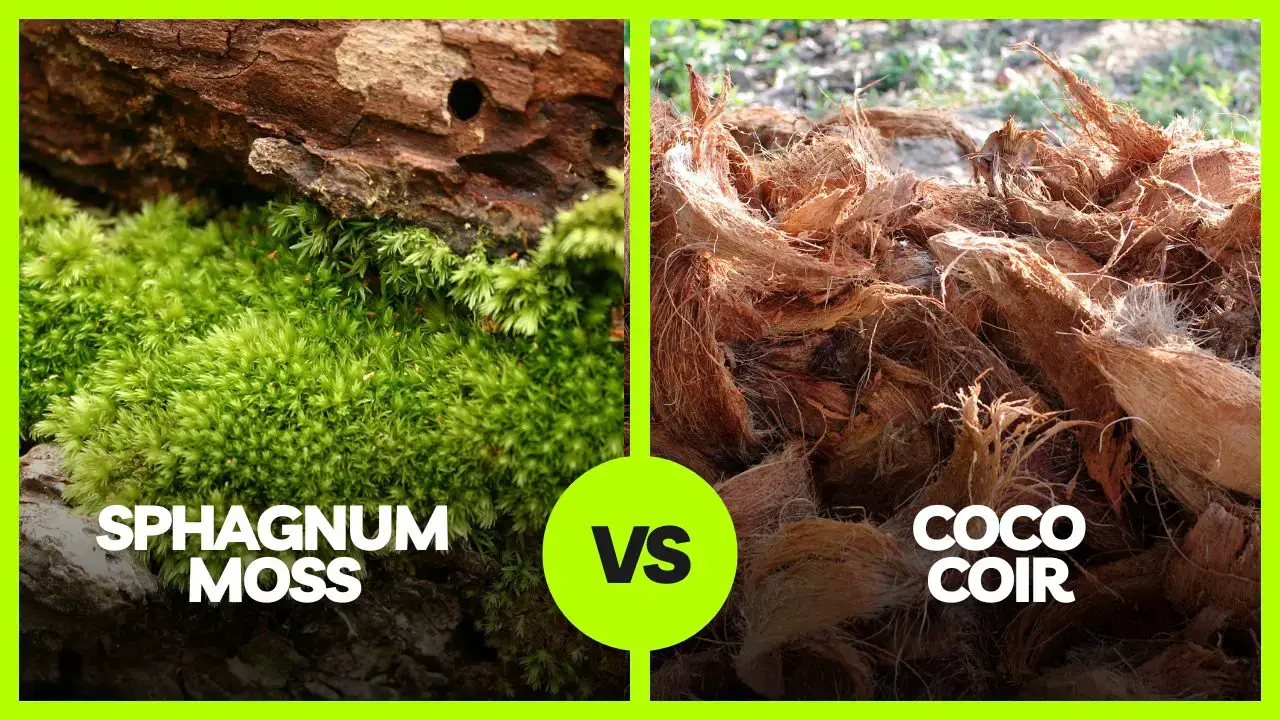
Sphagnum moss pole vs Coir pole. Which one is best for your houseplants?
Read more
How To Grow Moss On 12 Different Surfaces Step By Step
Read more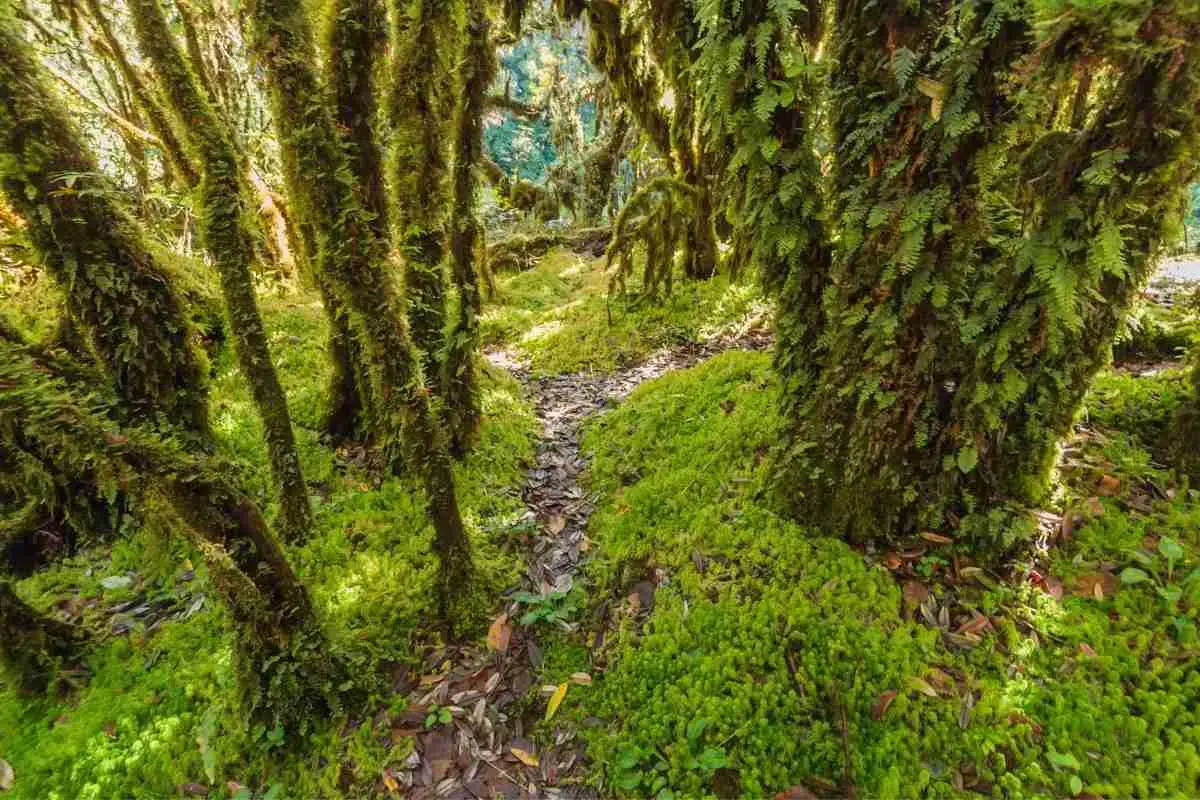
8 Types Of Moss That Grows On Trees
Read more
Do Moss Balls Have Worms? Is It Normal?
Read more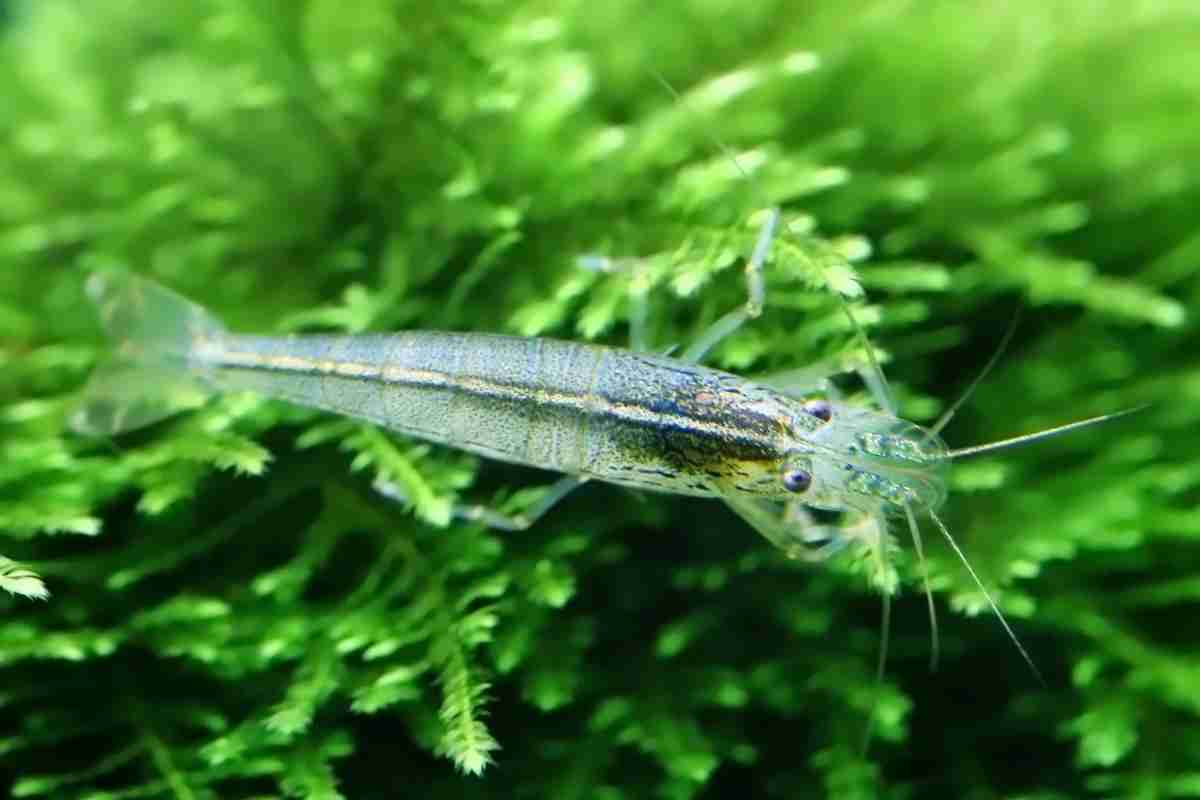
Can Java Moss Grow (Emersed) Out Of Water?
Read more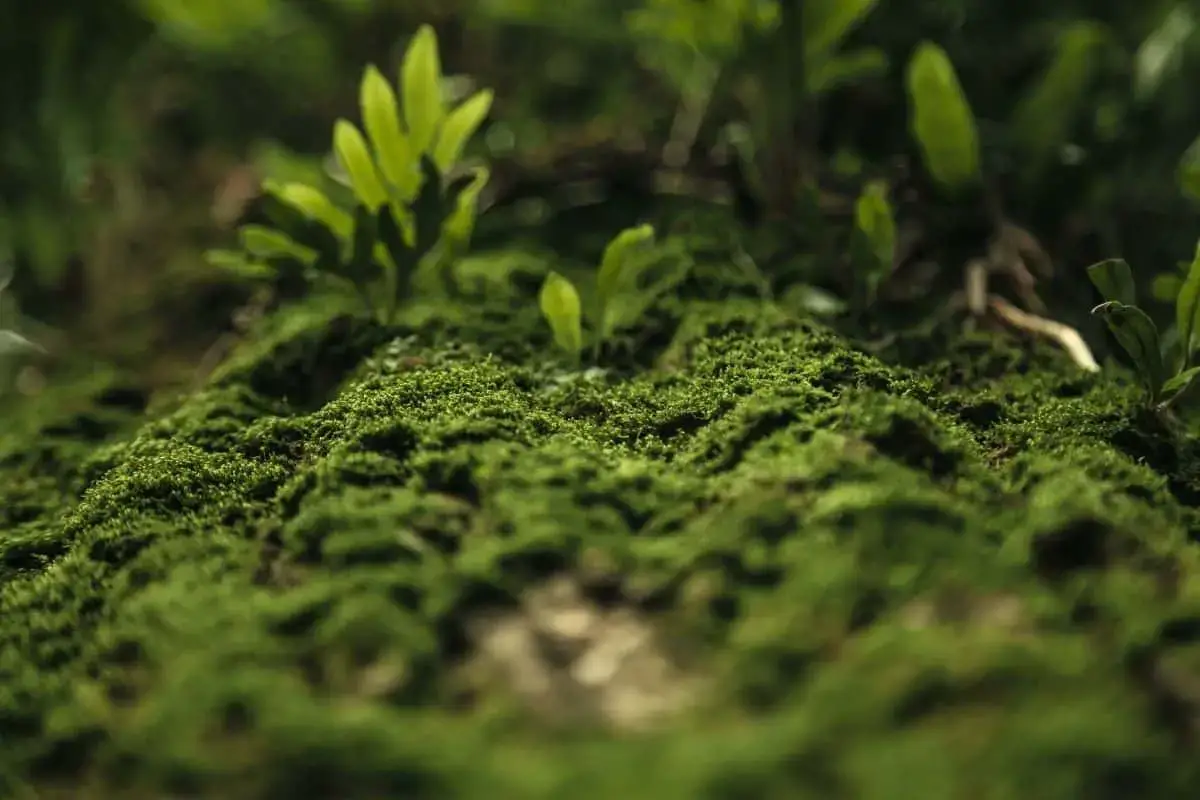
What Does Moss Eat To Survive?
Read more
Can Moss Grow Underwater? List & Benefits
Read more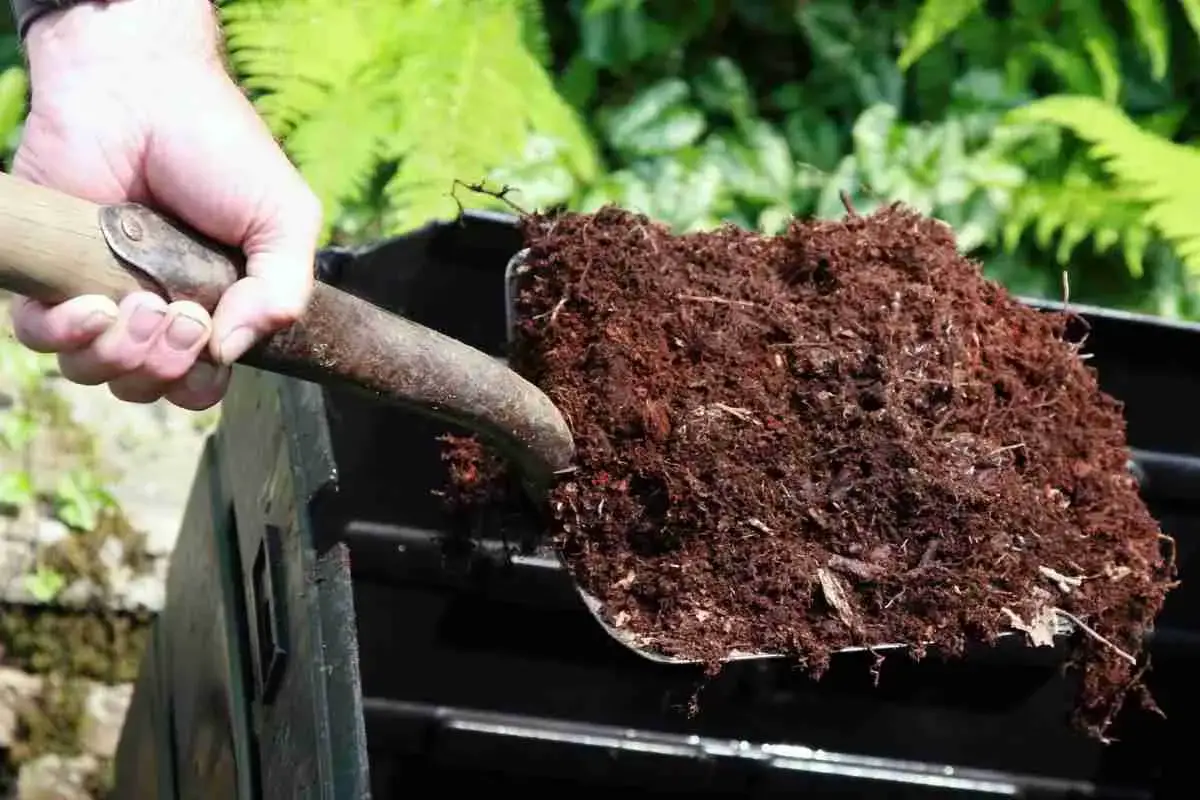
Can Moss Be Composted? Composting Moss
Read more